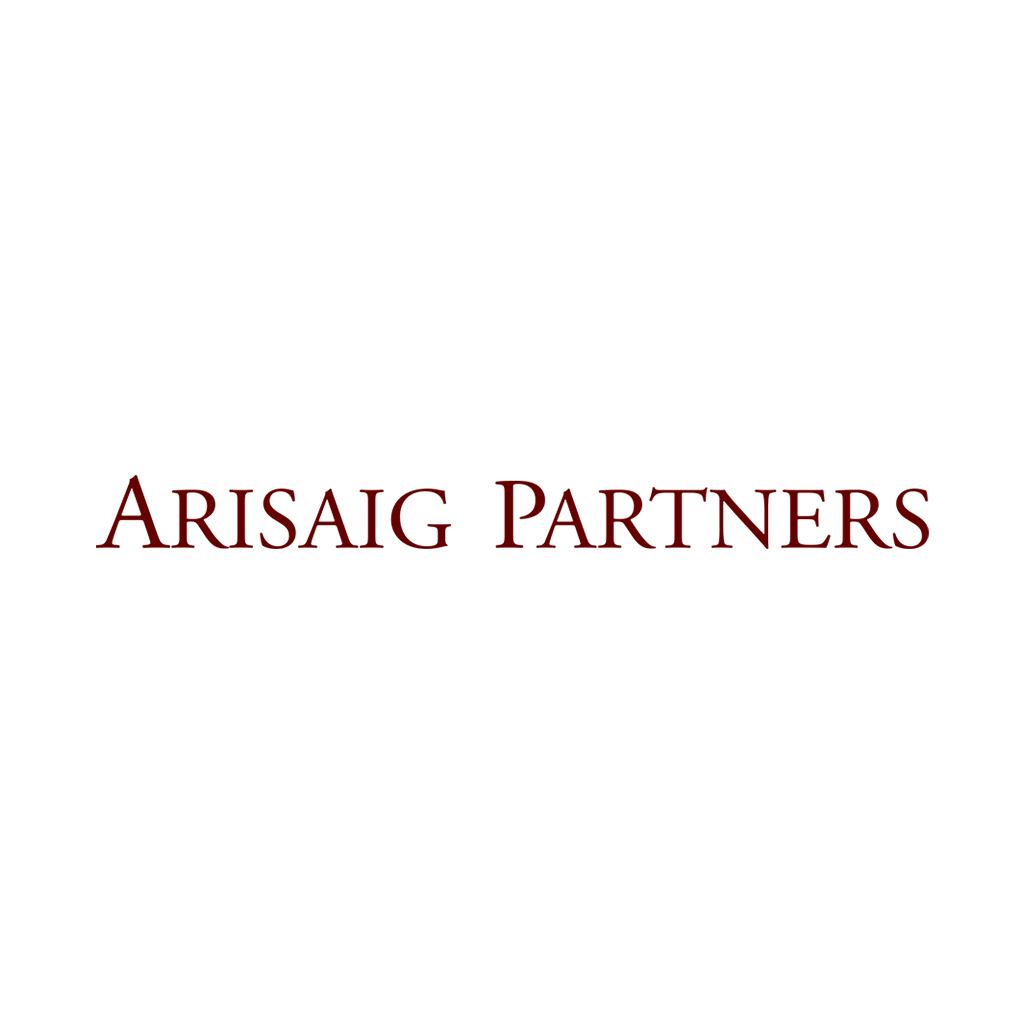
Arisaig Partners (Asia) Pte Ltd
Arisaig Partners (Asia) Pte Ltd is an independent, employee-owned investment management boutique headquartered in Singapore with offices in India and the United Kingdom. It joined the Net Zero Asset Managers Initiative on 11 December 2020 and its initial target disclosure was published on 1 November 2021.
Percentage of assets covered by the Net Zero Asset Managers Commitment Statement
100% of total AUM (USD $5 billion)
Information on interim target(s) covering the proportion of assets to be managed in line with net zero
Baseline(s):
Engagement threshold baseline
• Financed Scope 1 & 2 emissions in 2019: 39,196 tons of CO2e. This is calculated via PCAF’s methodology using reported and estimated data, which still only covers 65% AUM. By achieving Target 2, we would increase data coverage to 100%.
• % of AUM aligned to ‘Net Zero’ in 2019: 0%
Portfolio decarbonisation reference baseline
• Economic Emissions Intensity in 2019 (based on AUM with data available): 14.35 tons CO2e/ $mn invested
Portfolio coverage baseline
• % of AUM aligned to ‘Net Zero’ in 2019: 0
Target(s):
Portfolio decarbonisation reference target
• Target 1: Normalised financed Scope 1 & 2 emissions and corresponding Economic Emissions Intensity to reduce by 1.6% annually until 2025, based on 2019 level (or 9% in total).
Portfolio coverage target
• Target 2: As of 2020, 23 out of 67 holdings (34%) have reached Level 2 or higher of the Transition Pathway Initiative (TPI) Climate Risk Management Quality Score. We target to increase this to 100% of the portfolio by 2023.
• Target 3: Increase of 20% of proportional AUM aligned or aligning to ‘Net Zero’ by 2025.
Engagement threshold target
• Target 4: Engage with every company ranked as TPI Level 0 and 1 on at least an annual basis until we achieve Target 2.
• Target 5: From 2023, we will shift the focus of engagement to the top emitters which constitute 20% of proportional AUM. Each of them is expected to be aligned or aligning to ‘Net Zero’ by 2025.
Portfolio decarbonisation reference target
• Target 1: Normalised financed Scope 1 & 2 emissions and Economic Emissions Intensity to reduce at 6.1% annually between 2025 and 2030 (or 34% in total by 2030 based on 2019 level).
Portfolio coverage target
• Target 2: An increase of 37.6% of AUM aligned or aligning to ‘Net Zero’ (based on 2019 level).
GHG scopes included:
Our 2025 and 2030 targets cover Scope 1 & 2 of financed emissions.
Methodology:
Net Zero Investment Framework
Scenario(s):
Net Zero 2050 Pathway by International Energy Agency for Emerging and Developing Markets
Additional information
Policy on coal and other fossil fuel investments:
We do not invest in companies involved in the production of fossil fuels across all our funds; Arisaig-Partners-Longterm-Investing-Policy-ESG-Integration-and-Constructive-Ownership-2020.pdf
Further information:
Target setting: Our Target 1 (1.6% annual reduction at portfolio-level) is derived from a 1.5°C aligned pathway designed by International Energy Agency (NZE). We chose NZE as the reference mainly due to our focused investments in emerging markets. NZE is one of the few 1.5°C pathways that provide a granular, and therefore fairer, pathway for emerging markets. Nevertheless, we also recognise that this pathway takes the entire emerging market economy as a whole and does not consider sectoral differentiation. Therefore, we will keep looking for granular pathways that are more suitable for the decarbonisation of the sectors in which we have exposure to, which tend to be lower carbon intensity.
The bottom-up targets of increasing 20% of AUM to be aligned or aligning to ‘Net Zero’ by 2025 is following an almost linear growth from 0% in 2019 to 100% aligned in 2050. We believe it is fair to give a longer preparation phase for emerging markets companies to transform from “net zero aligning” to “net zero aligned” at the beginning of the journey.